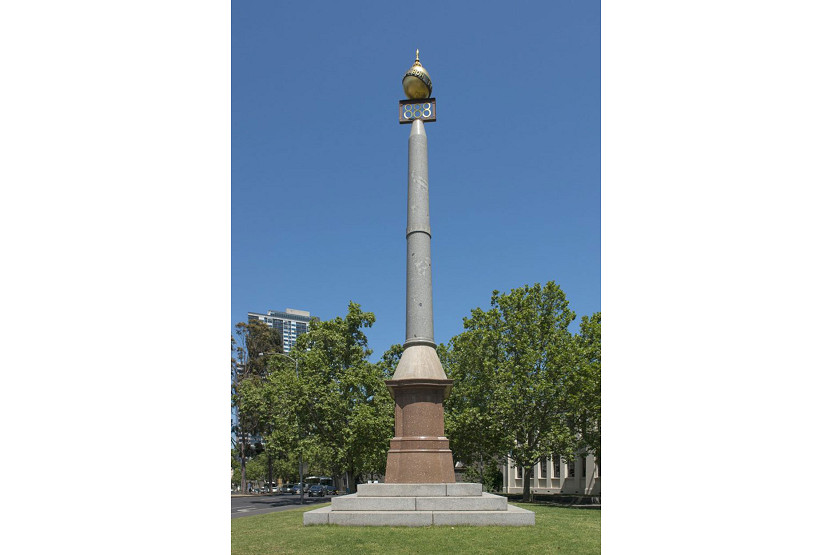John Buncle
The Hotham History Project is interested in getting together an inventory of the lanes and alleyways of North and West Melbourne and the stories they tell.
Buncle Place, a narrow laneway that is accessed from Vale St, is situated on the site of Buncle’s huge iron works that ran along Flemington Rd, covering one-and-a-half acres. Buncle St is also named after him, and, such was his importance in the history of Australia’s industrial development, he is also commemorated by Buncle Place in Canberra.
John Buncle (1822-1889) was born in Edinburgh and served apprenticeships in engineering and piano making. In 1852 he was chief draftsman and designer at the London and Northwestern Railway workshops at Crewe, Cheshire, but at the age of 38 he left for Melbourne with his wife Mary Ann and three daughters, having been passed over for promised promotion.
Buncle’s arrival happened to coincide with that of thousands of gold-seekers. As men took off from North Melbourne for the goldfields, tools and machinery were in high demand. For a short time he was employed at Langlands Foundry, where one of his jobs was to hang a peal of bells in St James Old Cathedral. However, he soon launched his own highly successful iron foundry business, John Buncle and Sons. As Australia’s rural areas opened, he gained a reputation for his innovative agricultural machinery.
His progress from being employed to being a successful employer took place gradually, with his first customer requesting patterns of various sizes of American stoves. He was living in a small cottage, but he turned one room into a workshop where he worked long hours meeting what developed into strong demand. He made and painted a sign 24 feet long to ensure that his clients could find him. This led to further orders, and he designed a highly successful sign for an undertaker which included the picture of a coffin.
He was highly thought of by his peers and was an active member of the Chamber of Manufactures, and a commissioner of both the 1880 Melbourne International Exhibition and the Centennial Exhibition in 1888. He was himself a successful exhibitor at exhibitions throughout Australia. He also served on several committees of inquiry for the Victorian Government.
Active in local politics, he twice served as mayor of Hotham. He was involved in the Hotham School of Design and in its early years taught mechanical drawing. He was a strong supporter of intercolonial free trade and of Federation.
The year before he died, he wrote his Experiences of a Victorian Manufacturer, with amusing anecdotes of conditions in early Melbourne. For instance, he had been warned that there was a water shortage in Melbourne, but his early days were spent sheltering from pouring rain with his family in a tent that he had providentially brought with him.
More information about John Buncle and others involved in the municipal government of North Melbourne is to be found in Men of Hotham by Heather McKay. It was published by the Hotham History Project and is available through its website. •
Written by Felicity Jack for the Hotham History Project

Jo Ryan unveils Ordered Chaos at Blender Studios





 Download the Latest Edition
Download the Latest Edition